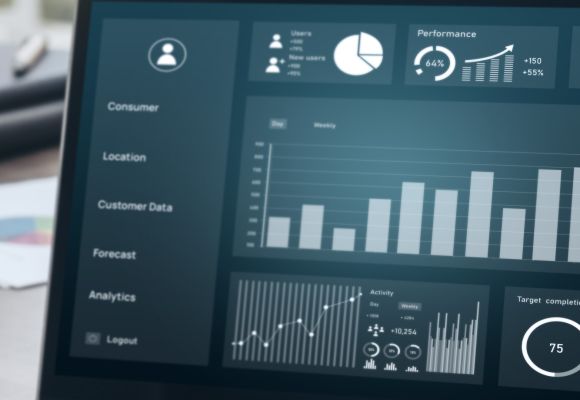A good marketing strategy needs competitive intelligence, and good competitive intelligence starts with data, more specifically, third-party consumer data. Third-party consumer analytics solutions delve into consumer behavior, preferences, and trends, providing a comprehensive understanding of your competitive landscapes.
To guide your marketing strategy effectively, consider the following checklist when evaluating a consumer analytics technology provider:
1. Diverse and Updated Data Portfolio:
When selecting a consumer analytics technology provider, it's crucial to prioritize those with a diverse data portfolio. This includes detailed demographic information, behavioral insights, and consumer preferences. Ensuring a comprehensive dataset allows marketers to gain a nuanced understanding of the market and target audience. By choosing a provider with a rich and varied data portfolio that is, marketers can make more informed decisions based on a holistic view of consumer behavior and preferences.
2. Granular Data Precision:
For an effective competitive intelligence strategy, marketers should seek a provider offering granular data precision, which can not only inform your competitive strategy but also enhance your targeting efforts. To determine if a provider meets this requirement, you need to verify the accuracy of the data, assess granularity levels, ensure the availability of historical data, and check customization options. Precision in data enables marketers to identify specific trends, patterns, and outliers crucial for making informed decisions.
3. Data Visualization Capabilities:
Effective data visualization is a key consideration for sharing insights across teams. The chosen provider should offer robust data visualization capabilities, including interactive dashboards for easy exploration and interpretation of data. The flexibility to create custom reports and visualizations tailored to specific reporting needs is important, as is compatibility with popular business intelligence tools for seamless integration and reporting.
4. User-Friendly Technology with Support:
The user-friendliness of the technology is crucial for both technical and non-technical users. Before committing to the tech, you should assess the interface for ease of use and navigation and confirm whether the provider offers training sessions and onboarding support to facilitate a smooth adoption process. Furthermore, the availability of ongoing customer support is essential to address any technical or operational queries promptly.
5. Data Security Assurance:
Data security is a non-negotiable aspect when selecting a consumer analytics technology provider. Marketers should prioritize providers that employ strong encryption standards for data protection during transmission and storage. Ensuring the solution is SOC 2 Type II compliant is essential, given the sensitivity of consumer data. Access controls and permissions should be in place to restrict data access based on roles within the marketing team, providing a robust security infrastructure against unauthorized access or data breaches. By prioritizing data security, marketers can confidently leverage analytics insights without compromising consumer information.
Consumer analytics sets the foundation for competitive intelligence, but a comprehensive analysis goes beyond data analysis. To complete the picture, you should also monitor competitor content and online reviews, attend trade shows, as well as perform strategic analyses. For an in-depth guide to competitive intelligence, download our latest report: 'The Retail Marketers’ Guide to Competitive Intelligence.'
Download Now: The Retail Marketers’ Guide to Competitive Intelligence


